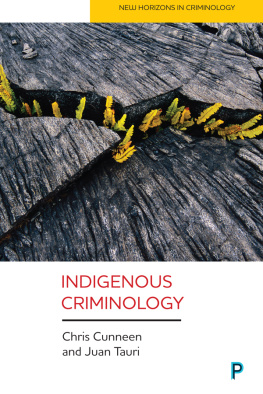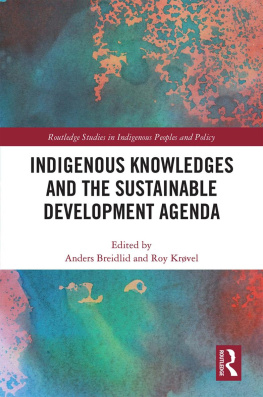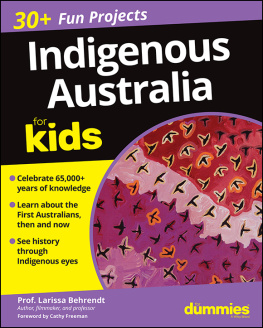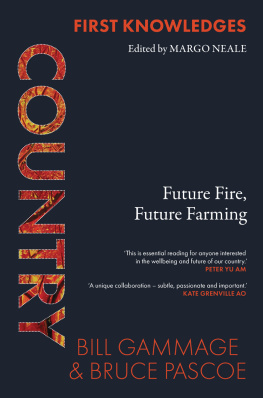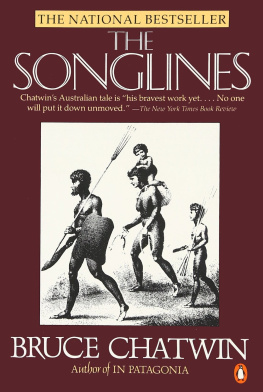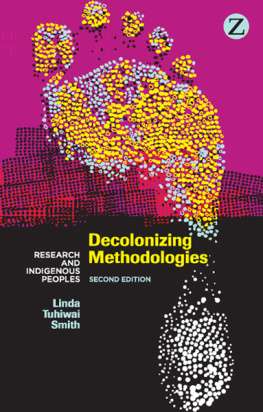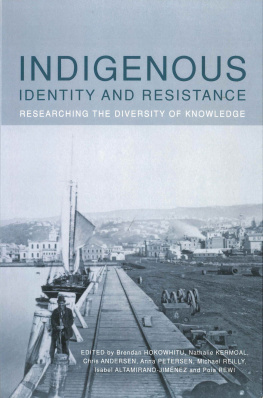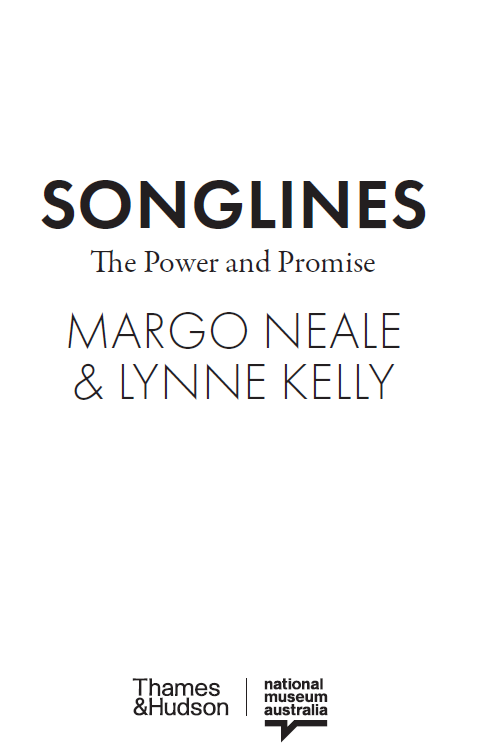
Praise for the First Knowledges series
This beautiful, important series is a gift and a tool. Use it well.
Tara June Winch
An in-depth understanding of Indigenous expertise and achievement across six fields of knowledge.
Quentin Bryce
Australians are yearning for a different approach to land management. Let this series begin the discussion. Let us allow the discussion to develop and deepen.
Bruce Pascoe
These books and this series are part of the process of informing that conversation through the rediscovery and telling of historic truths with contemporary application In many ways, each individual book will be an act of intellectual reconciliation.
Lynette Russell
Aboriginal and Torres Strait Islander peoples are advised that this book contains the names of people who have passed away.
Readers should note that permission must be sought before planning a visit to sites of significance.
The stories in this book are shared with the permission of the original storytellers.
For Marandu Max Ivy Neale,
Ivy Sarah Tiernan,
Alinta, Solomon, Eamon and Minka
For Damian Kelly
NOTE ON SPELLING
Readers may note that for different language groups, variant spellings occur for similar words, cultural groups or names. This book presents word forms, object titles, cultural affiliations and names as advised by the communities and individuals involved in the National Museum of Australias Songlines exhibition and research project.
COMMONLY USED TERMS
inma
ceremony or ceremonial song and dance
Tjukurpa / Tjukurrpa /Jukurrpa
the Dreaming
Kungkarangkalpa / Kungkarrangkalpa / Minyipuru
the Seven Sisters
pujiman
traditional times and life
Wati Nyiru / Yurla
the male Ancestral Being who pursues the Seven Sisters
CONTENTS
Margo Neale
Margo Neale
Lynne Kelly & Margo Neale
Margo Neale
Margo Neale
Margo Neale
Lynne Kelly
Lynne Kelly
Lynne Kelly
Lynne Kelly
Lynne Kelly
Lynne Kelly
Margo Neale
THE SEVEN SISTERS SONGLINE
All civilisations have epic sagas to explain the creation of the earth and transmit cultural values. The Seven Sisters Songline is one of Australias most significant foundation stories.
It tells of an Ancestral Being in the form of a man, who wrongfully pursues seven sisters to possess them. To lure them to him, he shapeshifts into water, shade and various delectable foods, which the women need to survive in the desert. In this way, the story relays information that is critical for survival on this continent.
The many encounters the sisters have with their relentless pursuer result in the creation of the country, the evidence of which is recorded in the features of the landscape. They travel in an easterly direction across the continent, from a place near Roebourne in the west, sometimes disappearing beneath the earth before leaping into the night sky, always leaving a tracery of sites of significance.
It is a tale of tragedy and comedy, obsession and trickery, desire and loss, solidarity and sorrow that touches on lifes moral dimensions: how to live with each other on this earth in a sustainable way; how to care for each other and share resources equitably. It also instructs on gender relations, kinship, marriage rules and other codes of behaviour. These lessons are embodied in compelling tales of intrigue, drama and passion that connect people and places across time. In this way, the story has been easily remembered and willingly retold to each generation for millennia. It is a saga of mythological dimensions and meanings.
FIRST KNOWLEDGES
MARGO NEALE, SERIES EDITOR
Everything starts and ends with Country in the Aboriginal worldview. Yet there are no endings in this worldview, nor are there any beginnings. Time and place are infinite and everywhere. Everything is part of a continuum, an endless flow of life and ideas emanating from Country, which some refer to as the Dreaming.
In the Dreaming, as in Country, there is no separation between the animate and inanimate. Everything is living people, animals, plants, earth, water and air. We speak of Sea, Land and Sky Country. Creator ancestors created the Country and its interface, the Dreaming. In turn, Dreaming speaks for Country, which holds the law and knowledge. Country has Dreaming. Country is Dreaming.
It is this oneness of all things that explains how and why Aboriginal knowledges belong to an integrated system of learning that you will encounter throughout this series, starting here with Songlines: The Power and Promise.
Songlines, related to Dreamings or Dreaming tracks, connect sites of knowledge embodied in the features of the land. It is along these routes that people travelled to learn from Country.
Country holds information, innovations, stories and secrets from medicine, engineering, ecology and astronomy to social mores on how to live, and social organisation, including moiety division and kinship systems. It is the wellspring from which all knowledge originates and gives rise to the expression Our history is written in the land. By history we mean all knowledge: sciences, humanities and ancestral knowledge, not only what is compartmentalised as Western history. If Country holds all knowledge, then Country is clever thus the title of the National Museum of Australias Clever Country online films, produced by Alison Page and Nik Lachajczak, which complements the First Knowledges books.
These aim to give readers an in-depth understanding of Indigenous expertise in six areas: Songlines; architecture, engineering and design; land management and future farms; healing, medicine and plants; astronomy; and innovation and technology. The authors of each book are pioneers in their respective fields and are working with these knowledges through a contemporary, not a historical, lens. As our knowledge system encompasses a concept of time that talks of the enduring present and eternal time, the Western divisions of past, present and future, or historical and contemporary, are not particularly relevant, though they are useful at times. This recycling of time is embodied in the expression When you look behind you, you see the future in your footprints.
To date, little accessible material, if any, has been available on Indigenous knowledges for general readers. We hope this series fills that gap. Furthermore, these books will introduce the knowledges of First Australians in ways that are in line with Indigenous ways of knowing and being, and overturn outdated ways of representing or misrepresenting Aboriginal and Torres Strait Islander peoples.
Some prevailing assumptions about our culture will be challenged and discussed in this series, such as: that Aboriginal people were only hunters and gatherers, not farmers; that fire is destructive, not a tool for managing the land; that we did not build houses and had no technology, no knowledge system and no history, only myths and legends; that we had no scientists, doctors or lawyers; that we were incapable of innovation. The view of the colonisers that persists is that we did not change. In truth, we have a long history as innovators and peoples who adapted to phenomenal climatic changes, including an ice age and rapid sea-level rise, pestilence and colonisation and we are still here.
Next page


